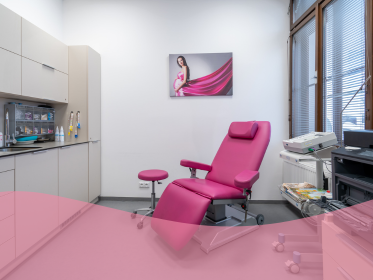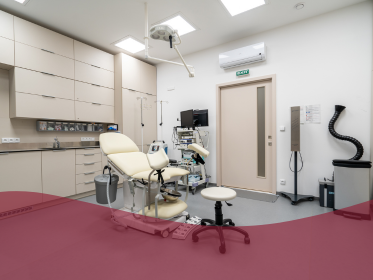
Your Smile, Just a Click Away – Online Booking Now Available
Skip the wait. Simple and convenient. Find your perfect time and book online today!

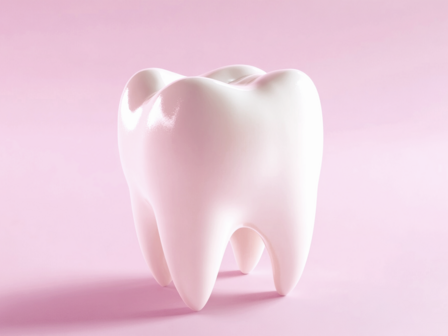
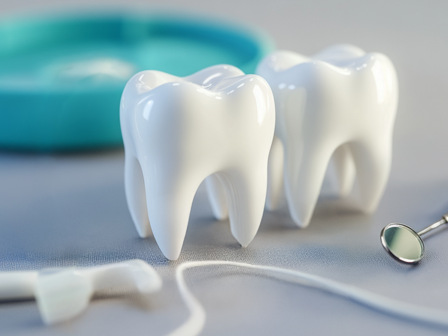
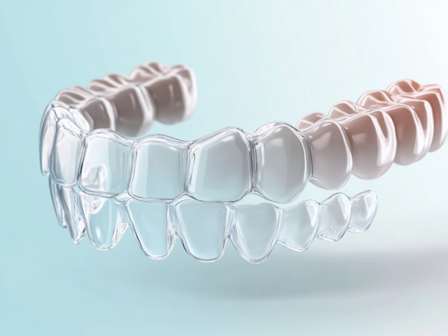
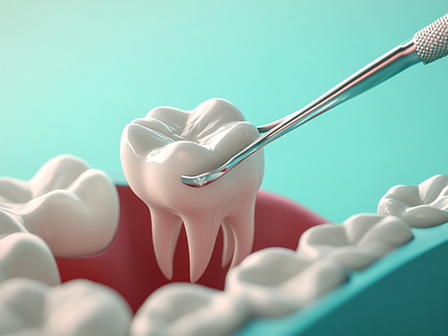



We are DENT MEDICO, a private dental clinic with two locations in Prague. Since 2003, our top priority has been to provide our clients with high-quality, specialized, and comprehensive dental care—the kind we dentists would want for ourselves. We continuously improve our services thanks to our professional team of doctors and dental hygienists, as well as top-tier equipment and modern offices that allow us to stay in step with global trends. We offer short appointment wait times, extended hours from 7:00 AM to 9:00 PM on weekdays, and exceptional service even outside the clinic to ensure maximum comfort for our clients. Learn more here.


